Yesterday, Prusa Research officially unveiled their next printer, the Core ONE. Going over the features and capabilities of this new machine, it’s clear that Prusa has kept a close eye on the rapidly changing desktop 3D printer market and designed a machine to better position themselves within a field of increasingly capable machines from other manufacturers.
While some saw the incremental upgrades of the i3 MK4 as being too conservative, the Core ONE ticks all the boxes of what today’s consumer is looking for — namely high-speed CoreXY movement with a fully enclosed chamber — while still offering the build quality, upgradability, and support that the company has built its reputation on. Put simply it’s one of the most exciting products they’ve introduced in a long time, and exactly the kind of machine that many Prusa fans have been waiting for.
Unfortunately, there’s one feature that’s ominously absent from the Core ONE announcement post. It’s easy to overlook, and indeed, most consumers probably won’t even know it’s missing. But for those of us who are concerned with such matters, it’s an unspoken confirmation that an era has finally come to an end.
With the Core ONE, Prusa Research is no longer in the business of making open source 3D printer hardware, but that doesn’t mean that the printer isn’t hackable. It’s complicated, so read on.
Continue reading “With Core ONE, Prusa’s Open Source Hardware Dream Quietly Dies”



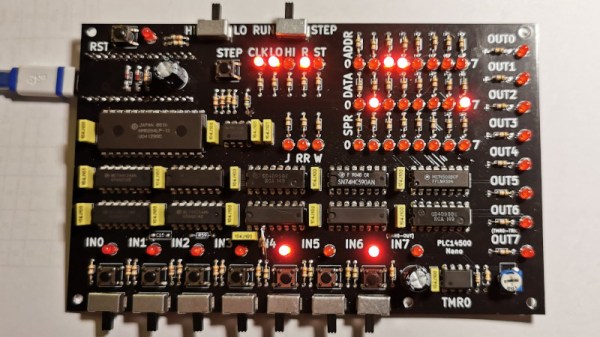
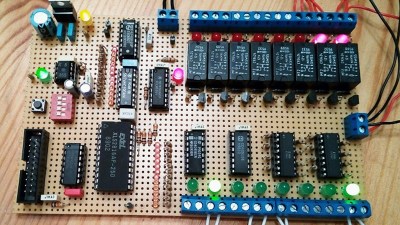
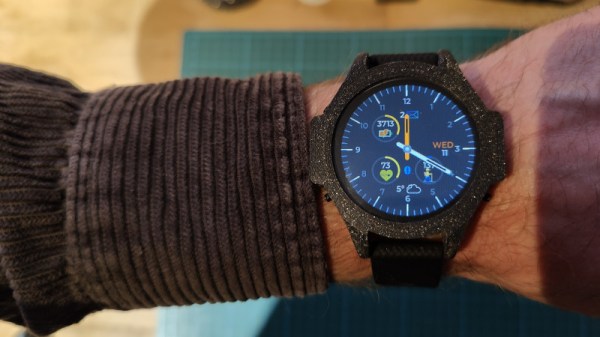
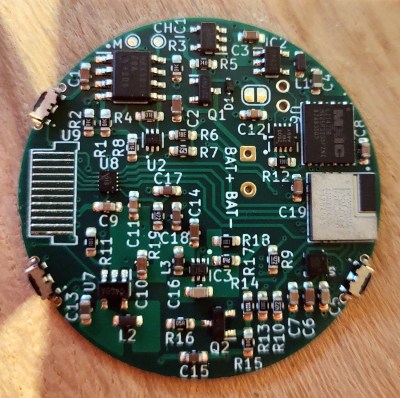

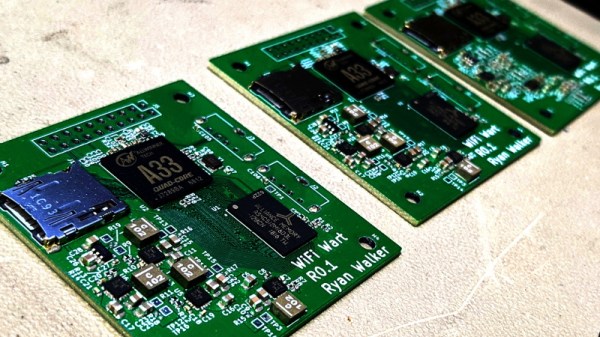

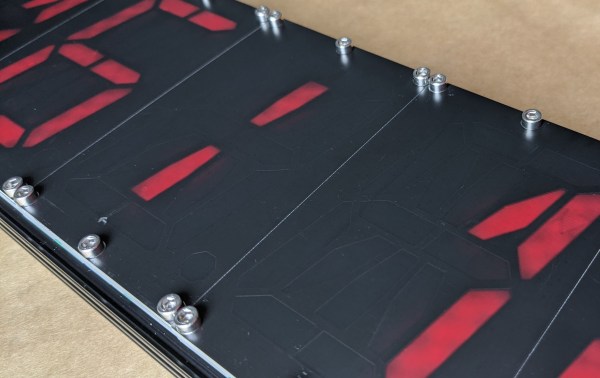

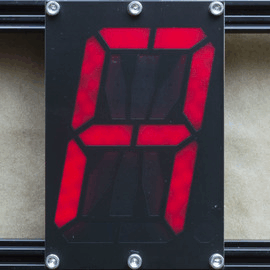 Each module is composed a very boring PCBA base layer which should be inexpensive from the usual sources, even when ordering one
Each module is composed a very boring PCBA base layer which should be inexpensive from the usual sources, even when ordering one 








